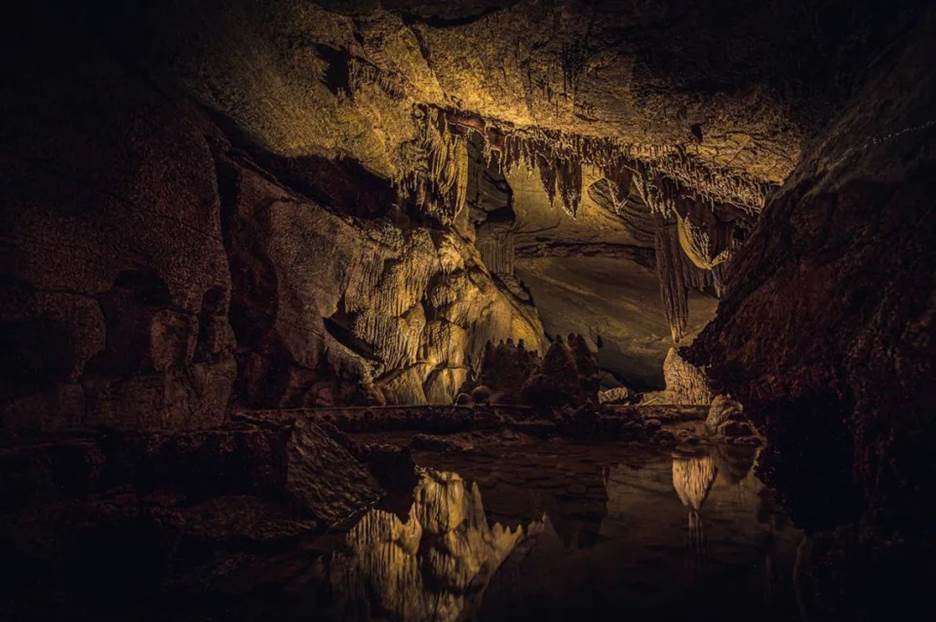
Experts generally agree that a drought hit the Indus Valley around 4,200 years ago, but the “exact timing and magnitude” of these dry conditions was unknown, researchers said in a study published April 4 in the journal Communications Earth & Environment - Photo from Jed Owen via Unsplash
We Finally Know Why the Indus Valley Civilization Disappeared 3,600 Years Ago
By Aspen Pflughoeft
Four thousand years ago, the sprawling Indus Valley Civilization dominated the area of modern-day India and Pakistan. Although considered one of the world’s earliest civilizations and the subject of extensive research, much about the ancient society remains a mystery.
The “social and political structures” of the Indus civilization , for example, are unknown, according to Britannica.
And what about its language? Weight measurement system? Some of its artifacts?
Experts still don’t know.
But one mystery looms larger than the rest: How, when and why did the Indus Valley Civilization disappear?
Experts generally agree that a drought hit the Indus Valley around 4,200 years ago, but the “exact timing and magnitude” of these dry conditions was unknown, researchers said in a study published April 4 in the journal Communications Earth & Environment.
Answers to these elusive questions were hiding in the Dharamjali Cave in the Himalayas.
Near the far end of the shallow cave, researchers seeking to solve the mystery found a stalagmite with a telling combination of features. The cave formation was in a weather-susceptible habitat — yet protected enough that it formed during this ancient period.
Based on layered mineral deposits in the stalagmite, researchers reconstructed historic rainfall patterns beginning 4,200 years ago, the study said.
Their results offered a slightly different and much more detailed picture of ancient life than that of previous experts. Rather than a “single megadrought that lasted about 100–200 years,” researchers identified “three major dry periods” between 4,200 and 3,900 years ago with each period “lasting 25–90 years.”
“We find clear evidence that this interval was not a short-term crisis but a progressive transformation of the environmental conditions in which Indus people lived,” co-author Cameron Petrie told the University of Cambridge in an April 24 news release.
During these dry periods, both summer and winter rainfall was reduced, the study said. The drought negatively impacted water access for Indus settlements, as well as predictable rainfall and river flooding for necessary crops.
“The archaeological evidence indicates that over a 200-year period, the ancient inhabitants took various steps to adapt and remain sustainable in the face of this new normal,” study lead author Alena Giesche said in the release.
Large Indus megacities, such as Harappa, began to decline as people moved to “smaller and more flexible rural settlements,” researchers wrote in the study. “Craft activities and innovation in Indus urban centers… (and) long-distance exchange and trade” also declined.
About 300 years after the final dry period around 3,600 years ago, the Indus valley civilization disappeared entirely, the study said.
Researchers noted the importance of studying other cave formations to further understand this final stage of decline, the study said.
Dharamjali Cave is about 290 miles northeast of New Delhi and in the Indian Himalayan region of Uttarakhand, near the India-Nepal-China border. – Miami Herald

